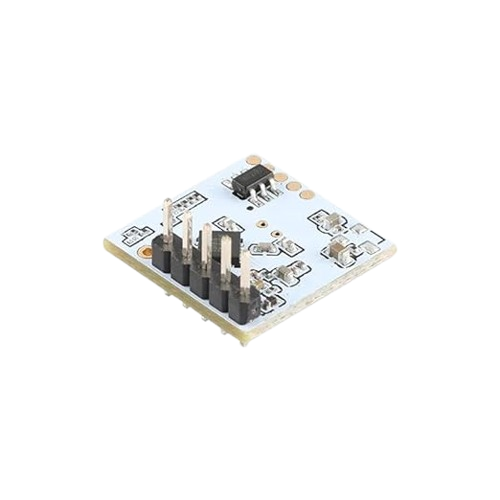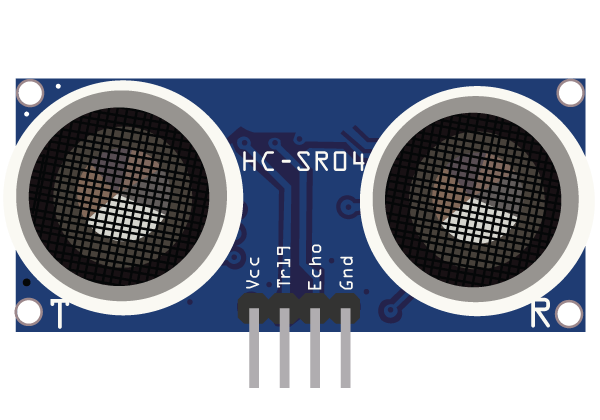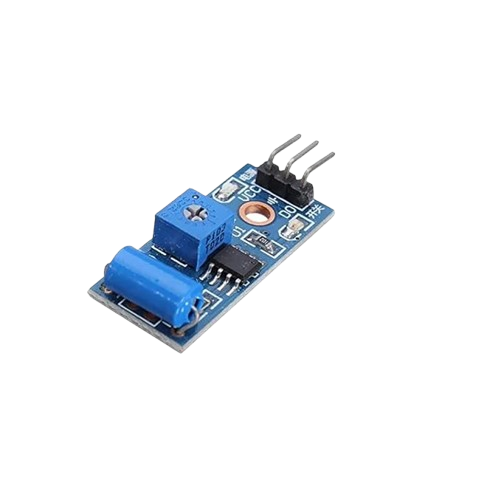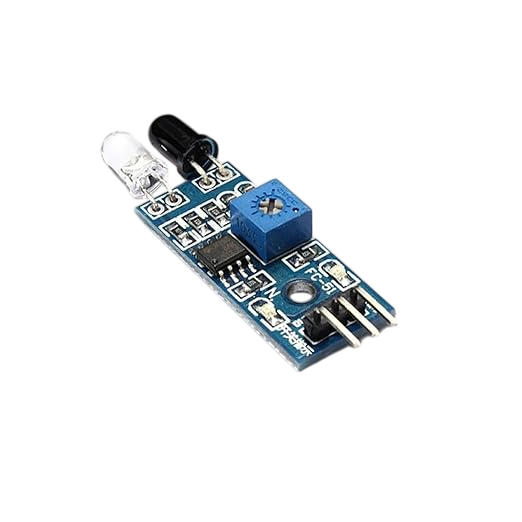Radar Sensor: Working Principle, Types, Applications, and Complete Technical Guide

Overview
Introduction
Radar sensors are smart electronic devices that help detect objects using radio waves. They can measure distance, speed, angle, and even movement patterns with great accuracy. Unlike cameras or optical sensors, they are not disturbed by light, darkness, fog, or rain. This makes them extremely reliable in almost every condition. Today, radar sensors are used in cars, industries, defense, traffic control, and even weather monitoring. From helping a car maintain safe distance to tracking airplanes in the sky, radar technology has become a key part of modern life.What is a Radar Sensor?
A radar sensor is a device that sends out radio signals and then listens for the signals that bounce back after hitting an object. By analyzing how long the signal took to return and how the frequency changed, the sensor can calculate the distance and speed of the object. For example, when a radar sensor sends a wave towards a moving car, the wave reflects back with a slight frequency change. This change tells the sensor how fast the car is moving and how far it is. The biggest advantage of radar sensors is that they can “see” in conditions where normal vision-based sensors fail. Whether it is a dark night or a foggy morning, radar continues to work without interruption.Working Principle of Radar Sensors
The principle of radar sensors is simple but very powerful. Let’s break it down step by step:-
Signal Transmission – The sensor sends out electromagnetic waves into the surrounding area.
-
Reflection – When these waves hit an object, part of the wave bounces back.
-
Reception – The sensor’s antenna receives the reflected signal.
-
Processing – By calculating the time delay and any change in frequency (Doppler effect), the sensor figures out distance, angle, and speed of the object.
Types of Radar Sensors
Radar sensors come in different types depending on how they transmit and process signals. Here are the main categories:1. Continuous Wave Radar (CW Radar)
- Sends a continuous radio wave of a fixed frequency.
- Can measure the speed of moving objects but not their distance.
- Commonly used in police speed guns to catch overspeeding vehicles.
2. Frequency Modulated Continuous Wave Radar (FMCW Radar)
- Sends a continuous wave but with a frequency that keeps changing.
- Can measure both distance and speed at the same time.
- Widely used in modern cars for adaptive cruise control and collision warning.
3. Pulsed Radar
- Sends out short pulses of radio energy.
- Measures distance by calculating the time it takes for the pulse to return.
- Used in long-distance applications such as air traffic control and defense radars.
4. Imaging Radar
- Creates a detailed image of surroundings using high-frequency signals.
- Useful in surveillance, security, and autonomous navigation.
Applications of Radar Sensors
Radar sensors are extremely versatile and are used in many different fields. Some of the major applications include:-
Automotive Industry – Used for adaptive cruise control, blind spot detection, lane change assistance, and parking support.
-
Traffic Management – Helps measure vehicle speed, detect traffic flow, and enforce speed limits.
-
Industrial Automation – Used for monitoring machine movements, distance measurement, and safety control.
-
Defense and Aerospace – Essential in aircraft navigation, missile tracking, and military surveillance.
-
Weather Monitoring – Radar is the main technology used to measure rainfall, track storms, and analyze clouds.
-
Consumer Electronics – Some modern smart devices use radar for gesture recognition, presence detection, and touchless control.
Advantages of Radar Sensors
Radar sensors are chosen over other types of sensors for many reasons:-
Work reliably in all weather conditions including rain, fog, and dust.
-
Provide long-range detection, sometimes up to several kilometers.
-
Can measure both distance and speed with high accuracy.
-
Work day and night without depending on light.
-
Offer non-contact measurement, meaning no physical touch with the object is required.
-
Able to track multiple objects simultaneously.
Real-Life Example
Let’s take the example of a modern car. Many vehicles today use a 77 GHz FMCW radar sensor in the front bumper. When you drive on a highway, the radar continuously scans the road ahead.
- If another vehicle comes too close, the radar measures the closing distance and alerts the driver.
- In adaptive cruise control, the radar automatically slows the car if the vehicle in front reduces speed.
- In emergency situations, the radar can even trigger automatic braking to avoid collisions.
Future of Radar Sensors
Radar technology is continuously improving. New high-frequency radars are smaller, faster, and more accurate. In the future, we can expect:- More advanced driver assistance in cars.
- Smarter traffic management in cities.
- Better security systems with radar-based detection.
- Use in health monitoring, such as tracking breathing patterns without contact.
Conclusion
Radar sensors are powerful devices that use radio waves to detect and measure objects. Their ability to work in tough conditions, provide long-range detection, and deliver accurate speed and distance data makes them essential in many industries. From automotive safety to weather forecasting and defense applications, radar sensors continue to play a key role in technology. With new innovations, their role will only grow stronger in the future.Where to Buy
Prices may vary. Click on "Buy Now" to check current availability and pricing.
Administrator
Frequently Asked Questions
Common questions about Radar Sensor: Working Principle, Types, Applications, and Complete Technical Guide. Find answers to the most frequently asked questions.
User Reviews & Comments
Share your experience with this IoT Blog. Your feedback helps our community make informed decisions!
Share Your Experience
Help others by sharing your thoughts about this IoT Blog.
Related Blogs
Explore more IoT Blogs in the same category

Ultrasonic Sensor HC-SR04 for IoT: Working, Applications, Circuit, and Integration Guide
Sensors
Discover how the Ultrasonic Sensor HC-SR04 works and how to use it in IoT projects. This detailed guide covers its working principle, pin configuration, interfacing with Arduino, applications in smart systems, and complete circuit setup. Ideal for beginners and IoT developers looking to integrate distance sensing in real-time projects.

Vibration Sensor: Working, Types, Applications, and Complete Guide
Sensors
A vibration sensor is a crucial device used to detect and measure vibrations in machines, structures, and environments. This complete guide covers how vibration sensors work, their different types, applications across industries, and factors to consider before selection. Learn how these sensors improve safety, enhance performance, and prevent costly equipment failures.

Best IR Sensor for IoT Projects – Types, Working, Interfacing, and Applications Explained
Sensors
Discover everything about IR sensors used in modern IoT applications. Learn their types, working principles, interfacing methods, and real-world uses. This complete guide helps developers and engineers choose the best IR sensor for smart electronics and automation projects with reliable performance.
No Reviews Yet
Be the first to share your experience with this IoT Blog!